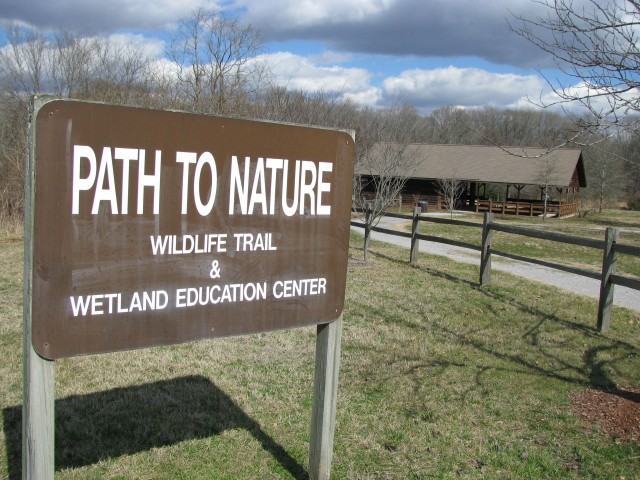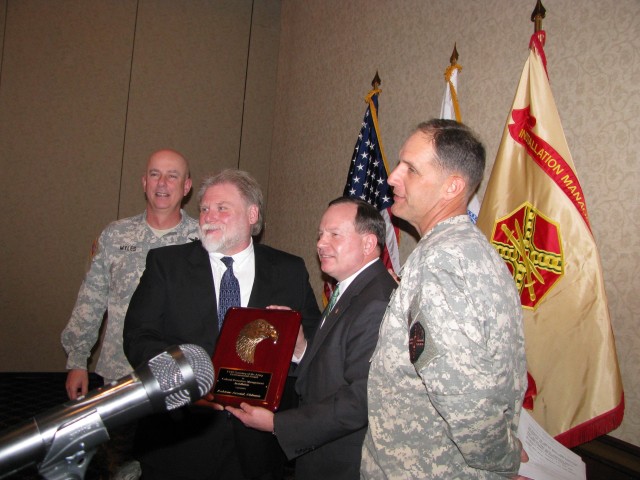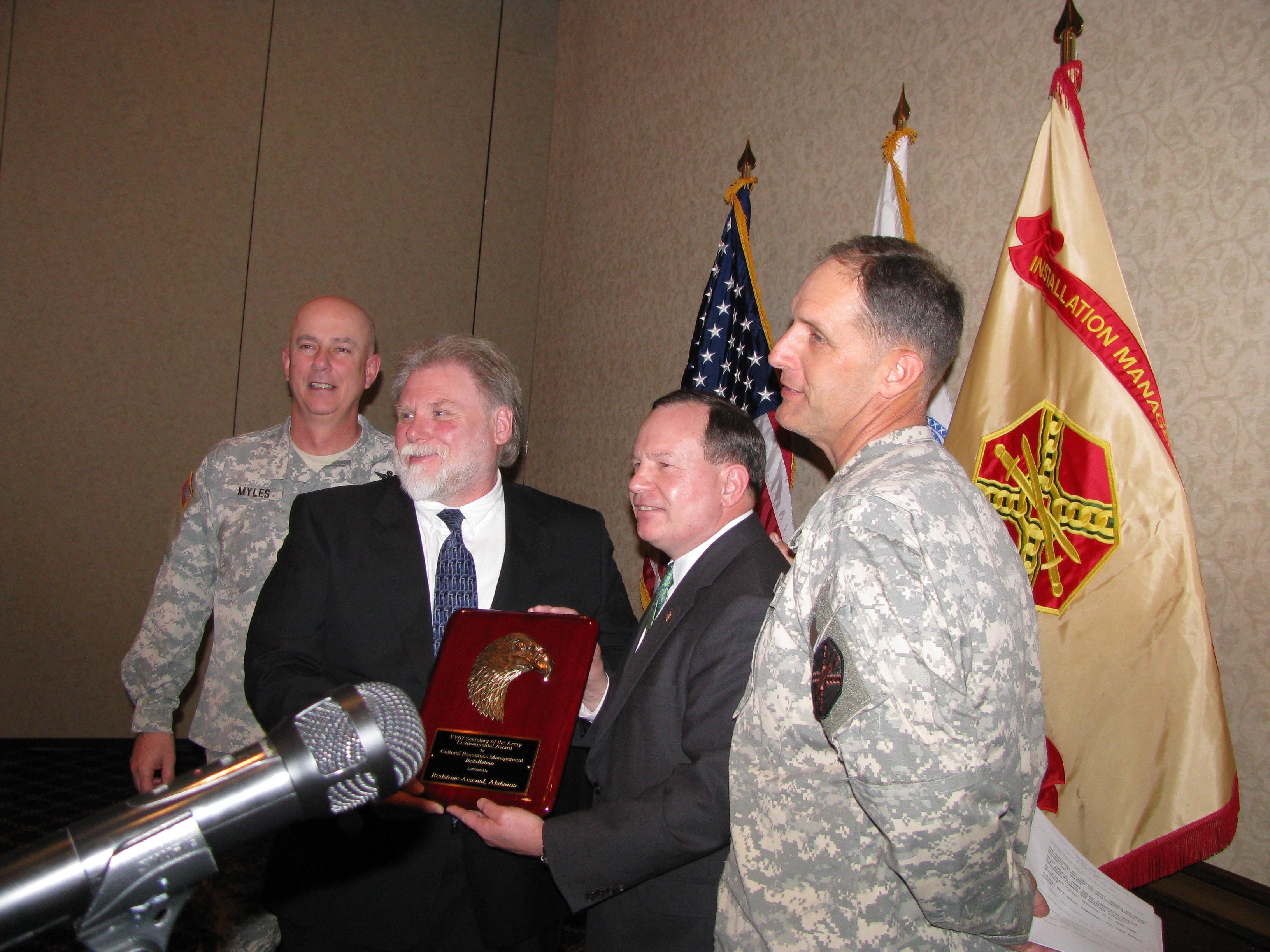In 1995 Danny Dunn, along with Carolene Wu, was given the cultural resource mission for Redstone Arsenal. They literally had to build a program from scratch for a 38,000 acre installation which has more than 900 archaeological sites.
With the help of others in the Environmental Office and the Garrison leadership, they did just that. The result was a program that Redstone Arsenal and the Army promote as a model for other installations to follow.
Redstone Arsenal has received the Army's highest honor in environmental stewardship: the fiscal 2007 Secretary of the Army Environmental Award for Cultural Resources.
"You're the best of the best when it comes to cultural resources," Tad Davis, deputy assistant secretary of the Army for environment, safety and occupational health, said in presenting the award Feb. 19 at the Officers and Civilians Club. "You've got a lot to be proud of in that arena."
Garrison commander Col. John Olshefski welcomed the ceremony attendees on what he called "a big day" for Redstone Arsenal. "Today we're going to represent the Army at Department of Defense level," he said. "It doesn't get any better than that."
Dunn, chief of the cultural and natural resources branch at the Garrison, accepted the award on behalf of the cultural resource team on Redstone.
"I think we have a great cultural resource program here on Redstone," Dunn said.
The Army agrees, and it's not just for a singular accomplishment. Accomplishments cited in the award package include the following:
Aca,!Ac One hundred percent of installation surveyed for archaeological sites; Aca,!Ac One hundred percent mapping of archaeological and historical sites;
Aca,!Ac Partnered with Huntsville School System to train students in archaeological and Native American education;
Aca,!Ac Worked agreements with State Historic Preservation Office to protect history of buildings with effect on mission;
Aca,!Ac Work with Native American tribes;
Aca,!Ac Oversight of 47 installation cemeteries;
Aca,!Ac Completed a Comprehensive Cultural Resources Management Plan.
Said Davis, "You're actually sowing the seeds of success for generations to come."
Redstone is up-to-date on its building surveys. When the program originally started, there were nearly 3,000 buildings that had never been registered.
For an area filled with archaeological sites - the Tennessee Valley is considered the second richest area for archaeological sites in the country - Redstone had to do 100 percent mapping of its archaeological and historical sites. Some 912 archaeological sites were identified on the Arsenal's 37,910 acres of land. "There's still lots of work to be done," said Dunn, citing high-level investigations that go on constantly because of construction and mission.
On the education side, Redstone is considered the first installation in the Army to develop an education program specifically for archaeological resource and Indian culture. This includes the Path to Nature and an Indian Education/Archaeological Resources Outdoor Classroom, the centerpiece of which is a full-size replica of a Late Mississippian Period wattle and daub house, constructed by Redstone staff and volunteers.
Redstone officials also coordinate with 17 Indian tribes. These include one in Alabama, some in Florida and North Carolina, and mostly in the states of Oklahoma, Texas and Louisiana. There are many Native American graves on this installation. And there are 11 sets of partial human remains which officials here are trying to rebury. "We're well on our way to do that," Dunn said.
Before the Army arrived in 1941 at what was to become Redstone Arsenal, small communities occupied this rural land. An ethno-graphic survey has included interviews with their descendents. Two major works were completed within the past year; and sites have been linked with people who once lived here.
"We've built a (cultural resource) program," Dunn said, "that everybody can be proud of."




Social Sharing